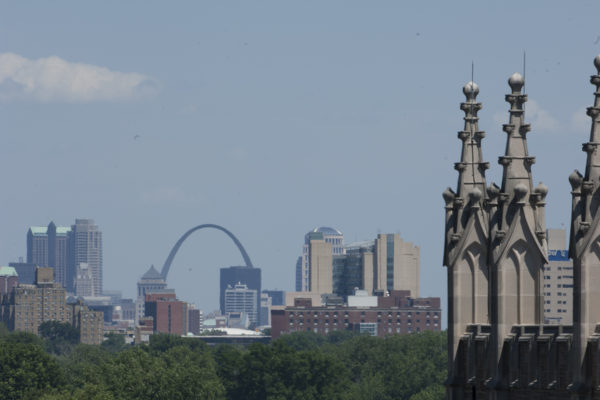Using nighttime air chemistry to track ozone impact
St. Louis’ hazy summers can sometimes be too hot to handle for people with respiratory issues; increased ozone levels can make the air tough to breathe. A team of engineers at Washington University collaborated on a study of St. Louis’ late-summer air quality. They found that naturally occurring compounds processed in the night sky can have a big impact on ozone levels the next day.
Federal courts decision an important victory in battle to protect public health
Communities exposed to toxic lead emissions recently won an important victory in federal court through a case filed by the Interdisciplinary Environmental Clinic (IEC) at Washington University in St. Louis. “The court chastised the Environmental Protection Agency (EPA) for long-neglecting its duty to review the lead standard every five years, and placed the agency on a firm schedule for conducting the review,” says Maxine I. Lipeles, IEC director and professor of law and engineering. “Because the lead standard must be revised to protect public health, and the existing standard is out of date, we believe that the EPA is virtually required to revise the standard downward. That would help protect children in communities across the country where smelters and other facilities emit significant amounts of lead into the air. The decision should also caution the EPA to act more promptly in reviewing the other five national ambient air quality standards * for nitrogen oxides, ozone, sulfur dioxide, carbon monoxide, and particulate matter.”
Method removes toxin from water
Pratim Biswas has found a method for removing MTBE, which been detected at low levels in municipal water sources around the nation.

